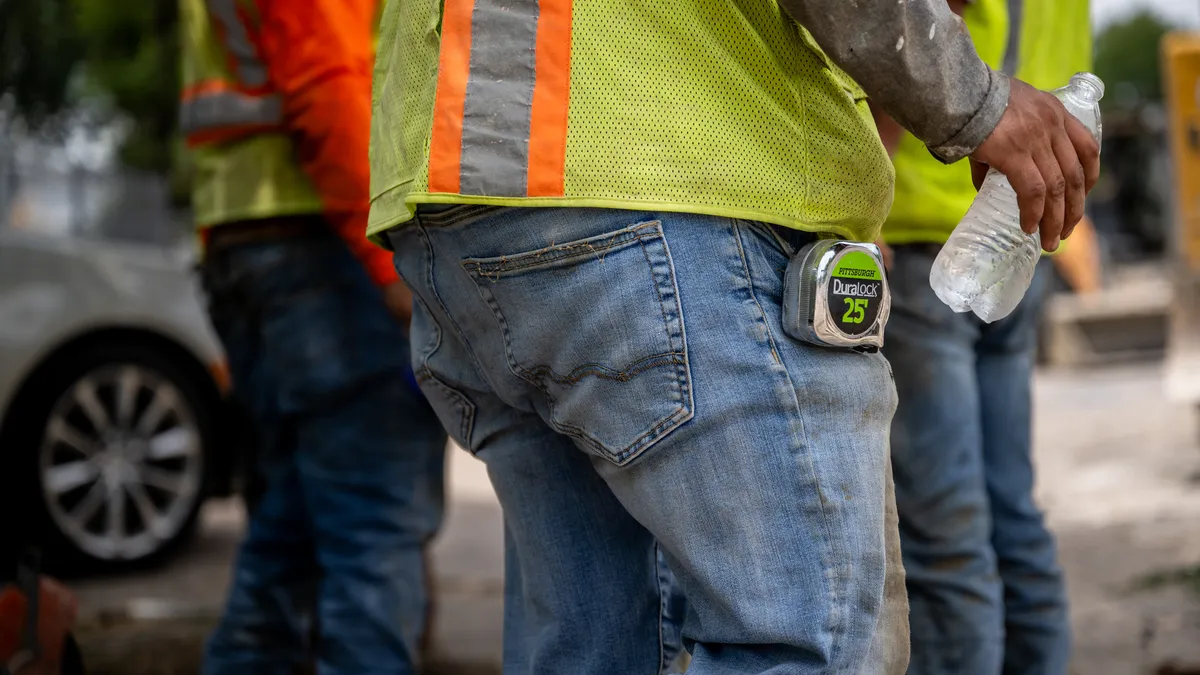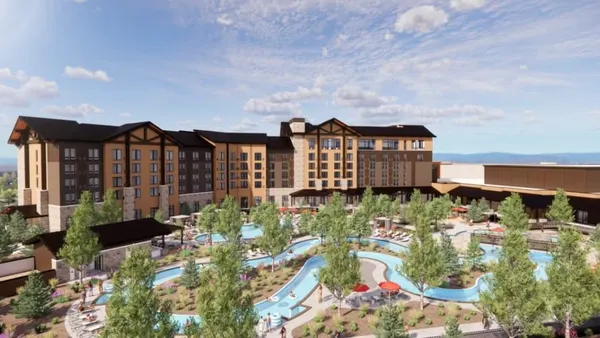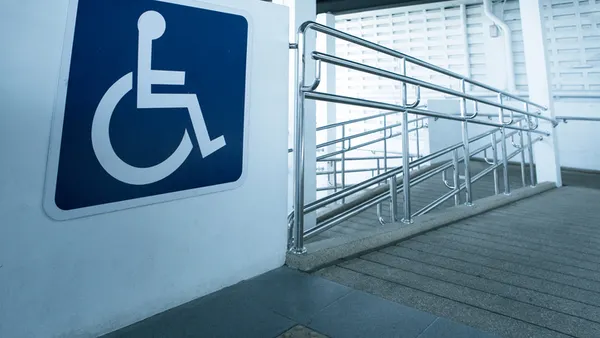Massive heat waves have hit large swaths of the U.S. this summer, breaking records for high temperatures across the country. And it’s about to get worse.
About 21% of U.S. residents live in areas where heat levels could become dangerously high this week, according to the New York Times heat tracker.
For construction workers, the sweltering conditions mean an additional jobsite hazard. But there is no enforceable standard for protecting workers during extreme heat that contractors can look to for guidance.
In the continued absence of a strict standard, one of the best things contractors can do to reinforce heat safety on the job is proper acclimatization, according to Gary Orr, health scientist for OSHA’s directorate of enforcement.
That’s one of many tips Orr told listeners during a webinar last week on the agency’s National Emphasis Program on heat safety, hosted by CPWR — The Center for Construction Research and Training.
OSHA first introduced the NEP in April 2022. It remains in effect for three years and the agency can expand it for another three years, Orr said.
The NEP reinforces credos like “Water. Rest. Shade,” while it also focuses on vulnerable workers by coordinating with the Department of Labor’s Wage and Hour Division to send inspectors to bolster OSHA’s efforts across more jobsites, thus, covering more ground.
But guidance and emphasis are far from a standard, which worker advocates and others have long awaited. Nevertheless, Orr said, there’s no timeline on when OSHA’s heat standard could become final.
In the next step of the standards cycle, the agency will welcome small business feedback, but there is no specific date on when that will begin or end either.
Between early April 2022 and June 20, OSHA had conducted 1,827 federal heat inspections, with 47% of those in construction. Most inspections were unprogrammed, with 567 resulting from complaints and 58 fatality or catastrophe inspections, though Orr said not all fatalities were heat-related.
Beating the heat
Until a standard exists, Orr offered suggestions on how to protect workers from heat.
First off, he said, keeping workers’ core body temperatures down is paramount. Employers must ensure they monitor the heat index for each day, noting when the heat could prove dangerous not just as the day begins, but as it continues on.
In Houston, the heat index could climb as high as 110 degrees this week, while some Arizona cities could see it spike up to 117.
“You can kind of plan your day and go, ‘Listen, we really need to be looking at two, three o’clock,’” Orr said.
Acclimatization is also key, as workers in different locales adapt to different temperature highs and lows. Spending time getting used to the heat each summer can help workers, almost like a workout regiment.
Orr also touched on medical and drug use, which can impact how people retain water in the heat. His advice: talk to human resources about how to approach those topics. While knowing how vulnerable everyone is to heat stress can help keep the job safe, contractors also need to respect worker privacy.
Finally, the “Water. Rest. Shade.” motto still stands, even if OSHA still has no strict rule on the frequency of breaks or amount of water.
A good rule of thumb, Orr said, is a cup of water every 15 to 20 minutes in the extreme heat, or about one quart an hour. Hydration practices must be proactive.
“So, don’t count on someone saying, ‘Hey I’m really getting thirsty,’ to be the indicator that they need to get some water,” Orr said. “That’s probably too late.”














